Psychology: Introduction to Research Methods Assignment Solutions
VerifiedAdded on 2020/02/03
|23
|2246
|104
Homework Assignment
AI Summary
This document presents solutions to a research methods assignment in psychology, addressing a range of research questions and statistical analyses. The assignment covers topics such as hypothesis formulation, including null and alternative hypotheses, and the application of various statistical tests like t-tests, ANOVA, regression, and correlation analysis. It explores different experimental designs, including within-subjects and between-groups designs, and discusses the interpretation of statistical results, including descriptive statistics, frequency analysis, and the use of histograms and box plots. The solutions also involve identifying confounding variables, interpreting statistical output, and drawing conclusions based on the results of different statistical tests. The assignment covers a wide range of research scenarios, including studies on mental health, advertising, driving performance, mindfulness, pain perception, brain training, bullying, and the impact of video games on reaction time, demonstrating a strong understanding of research methodology.
1 out of 23
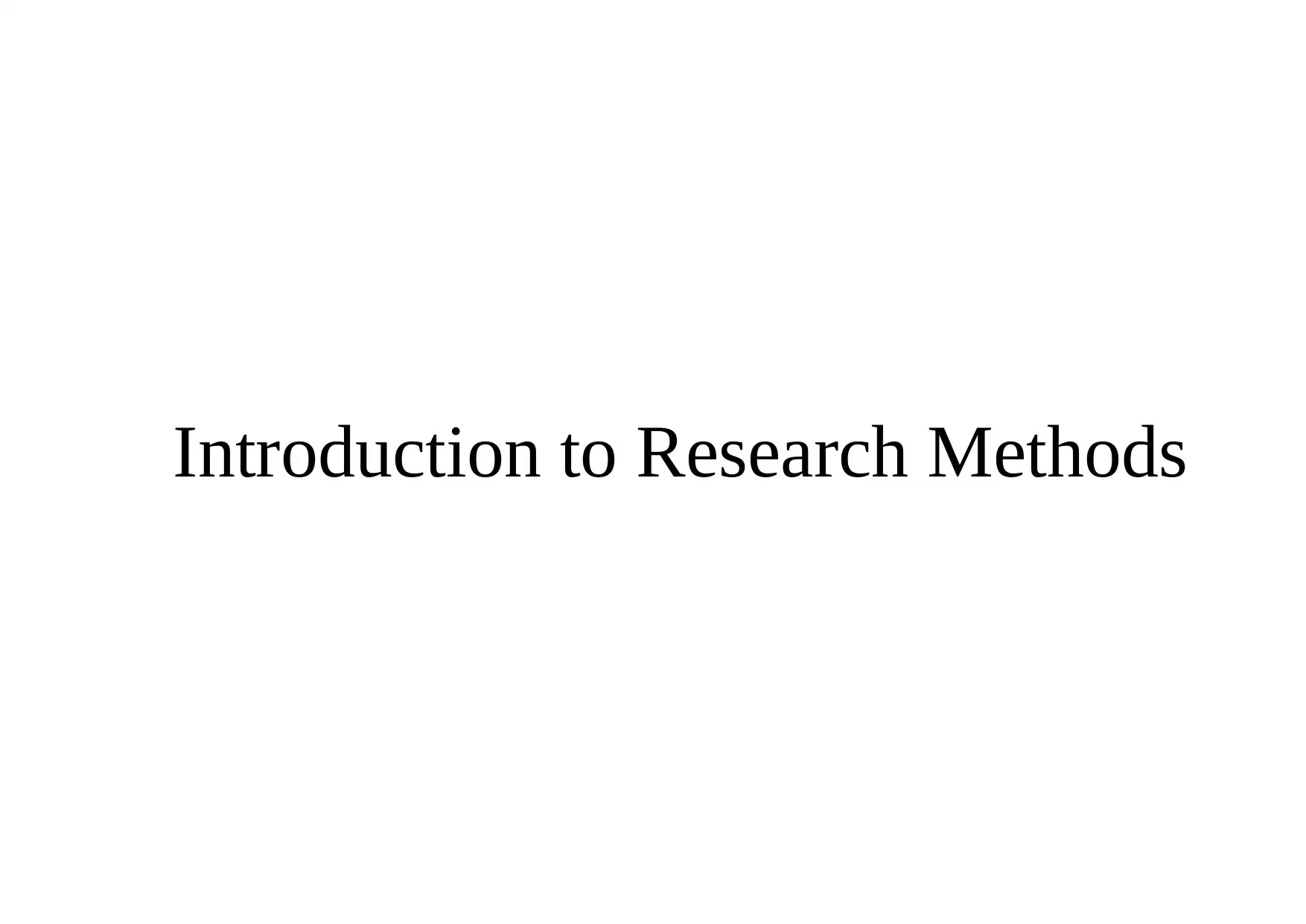
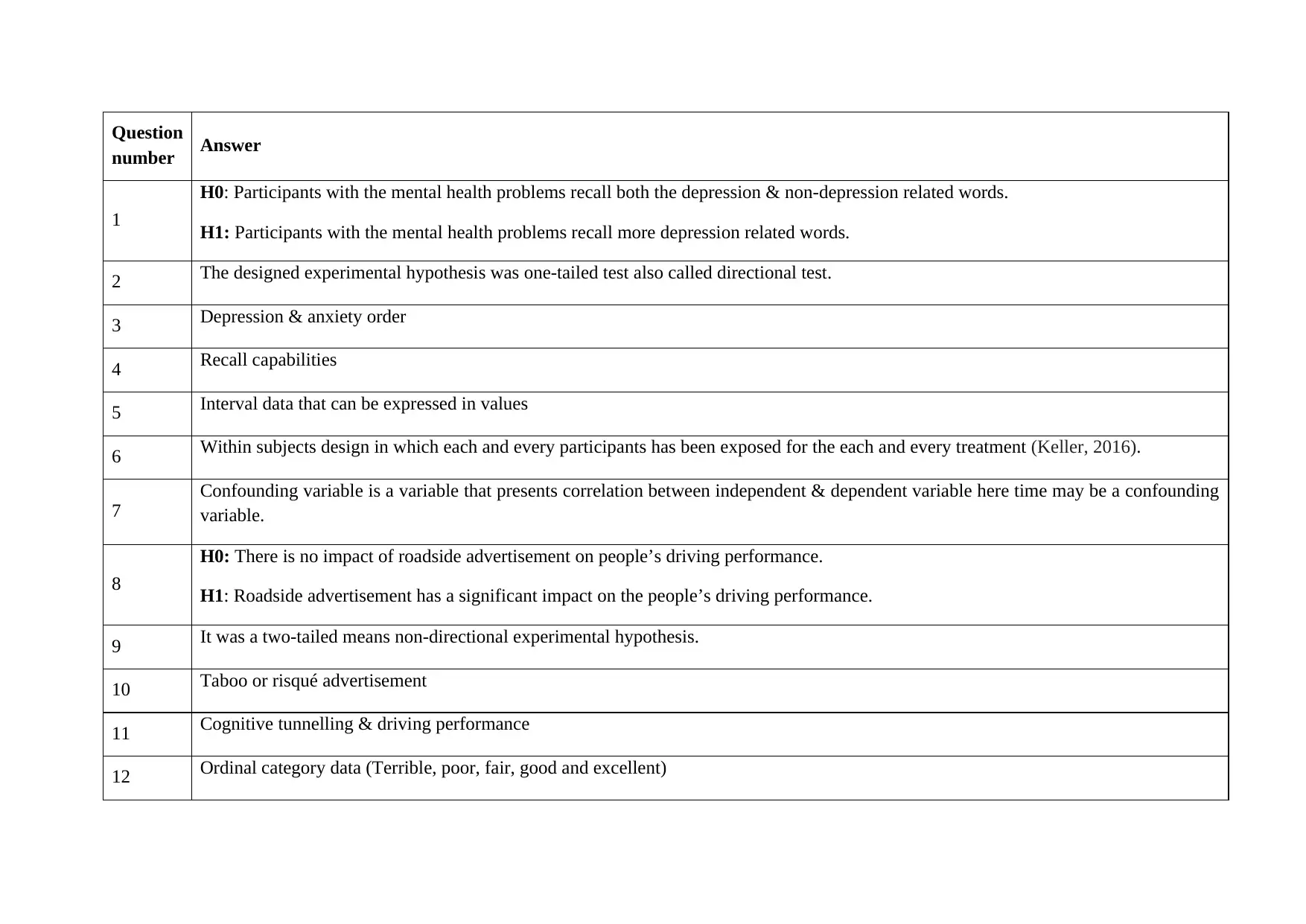
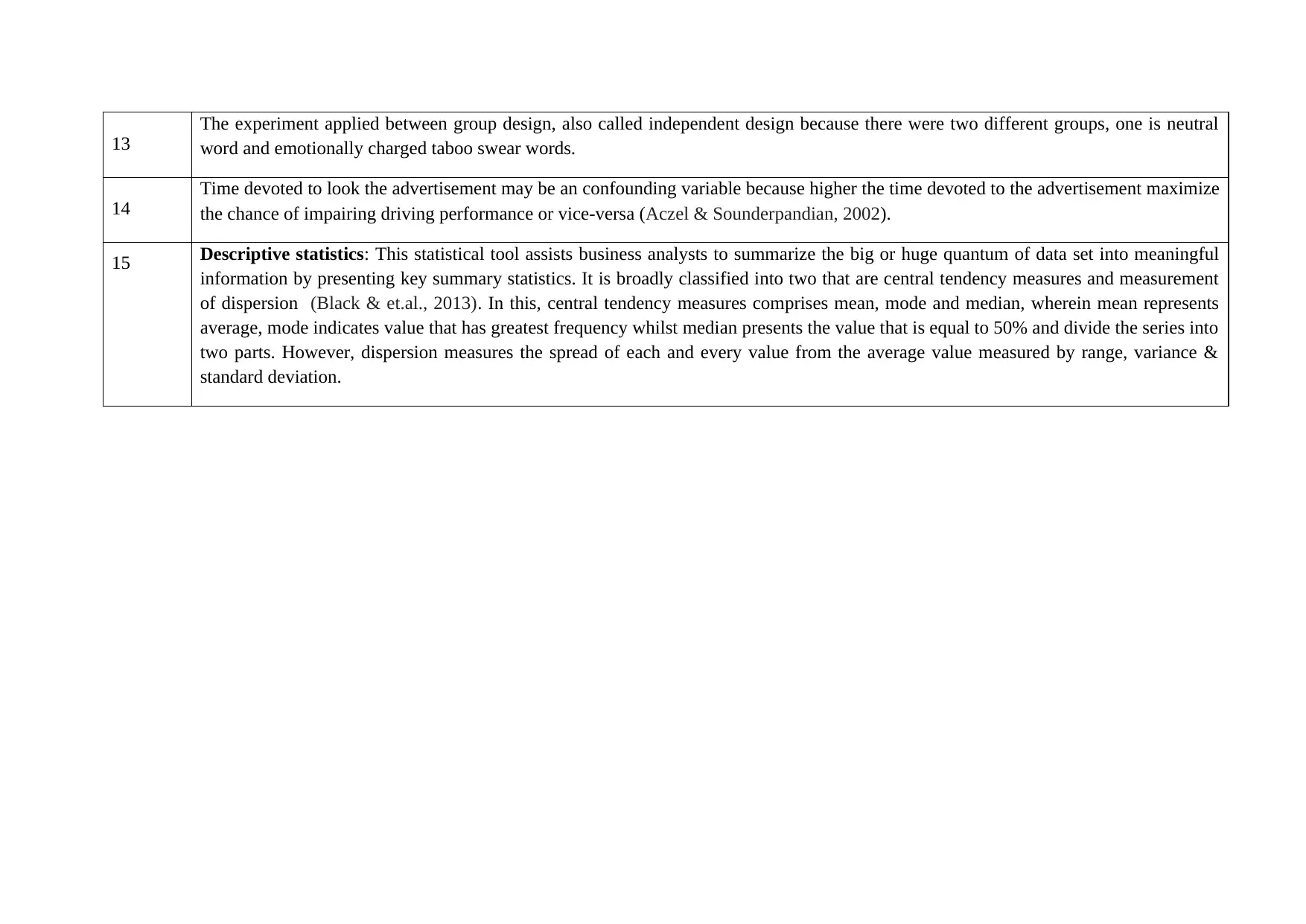

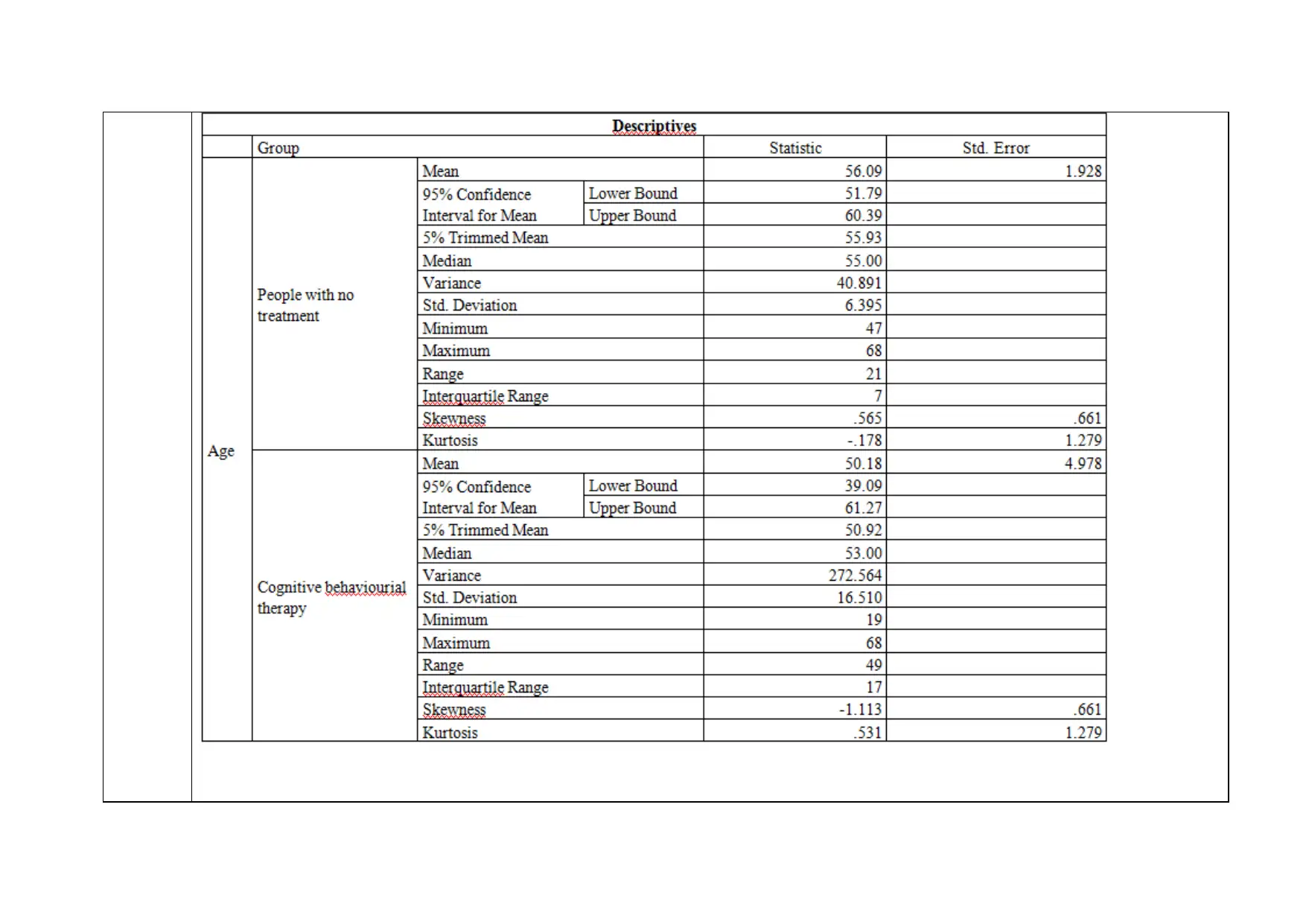
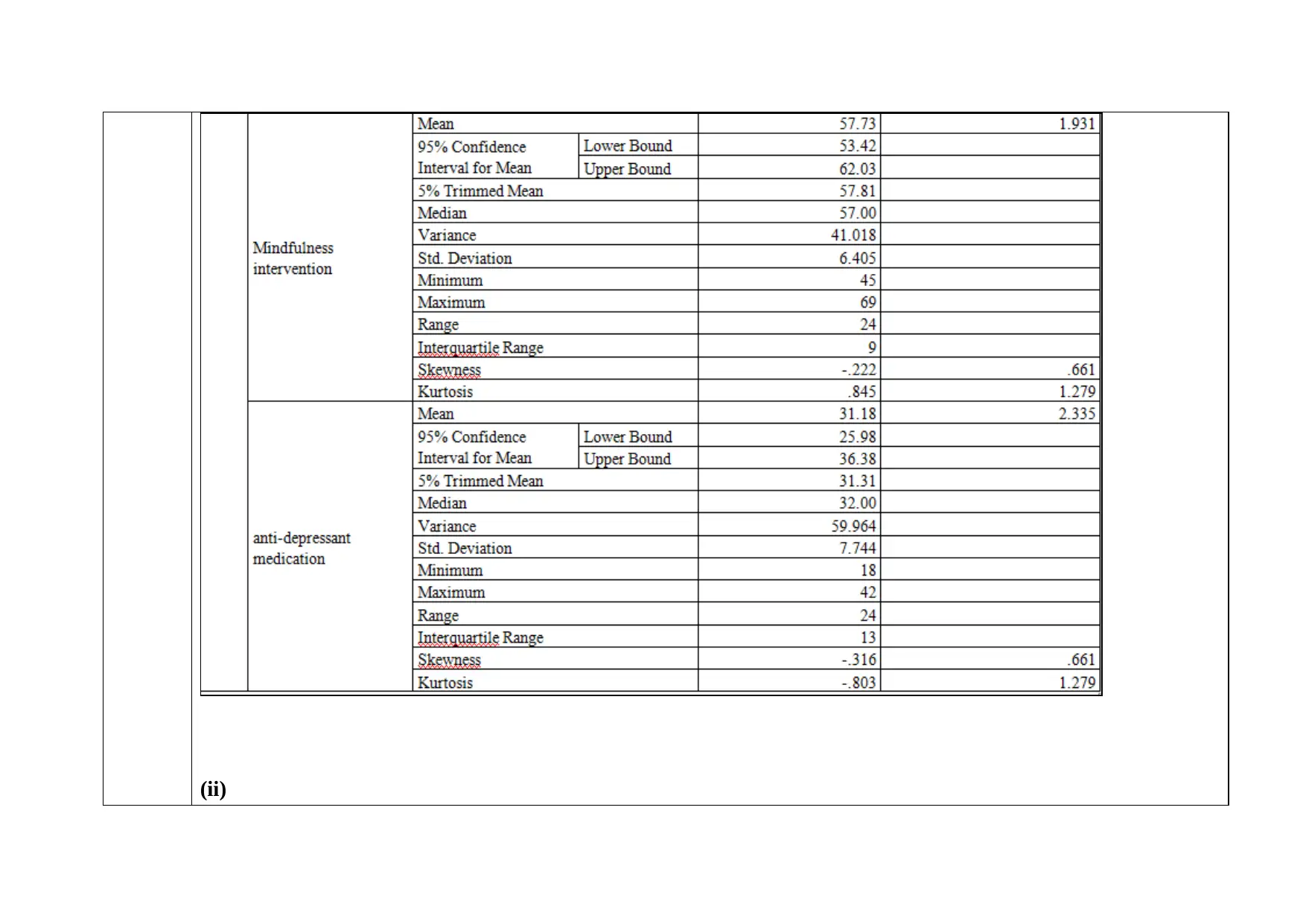
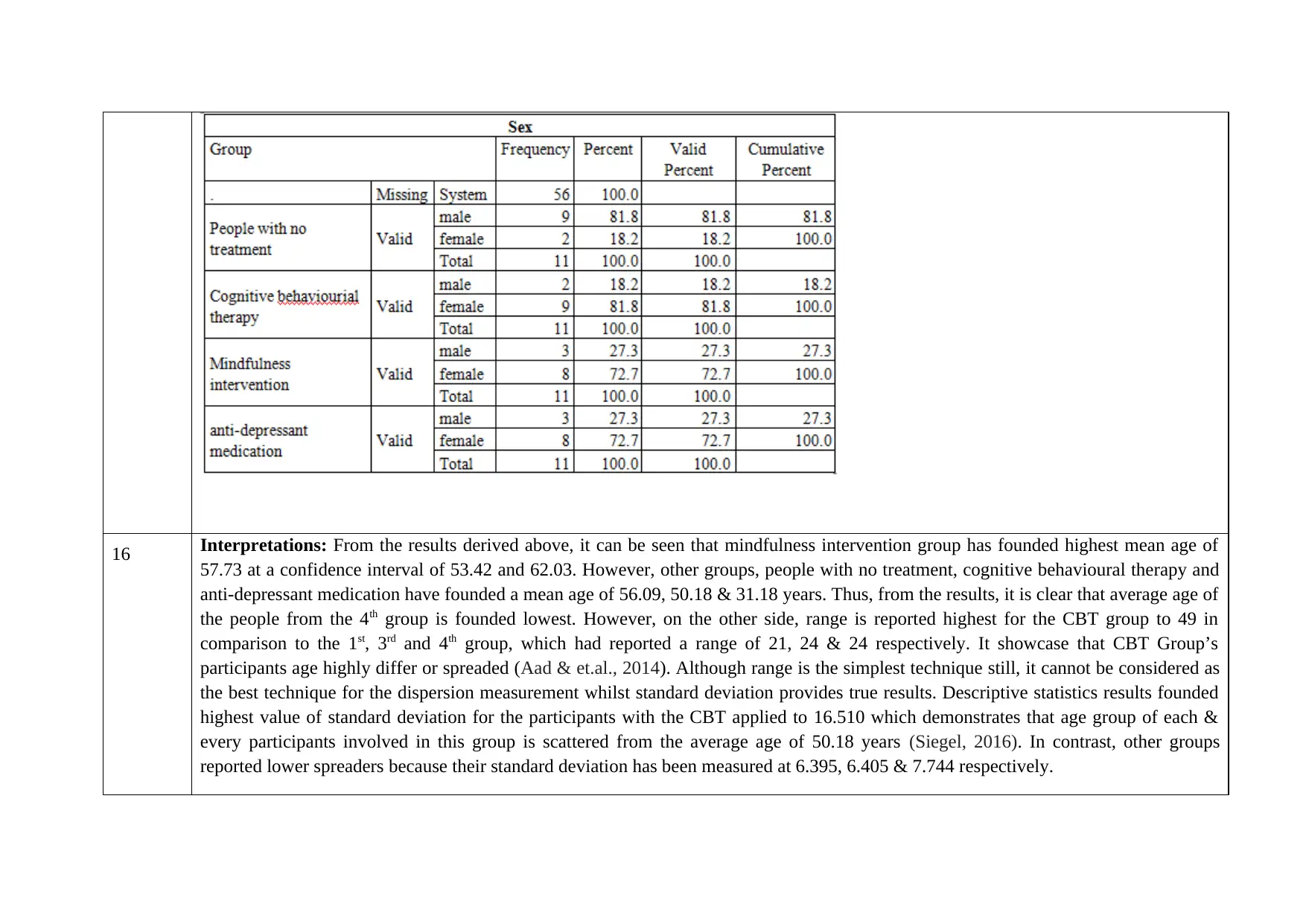
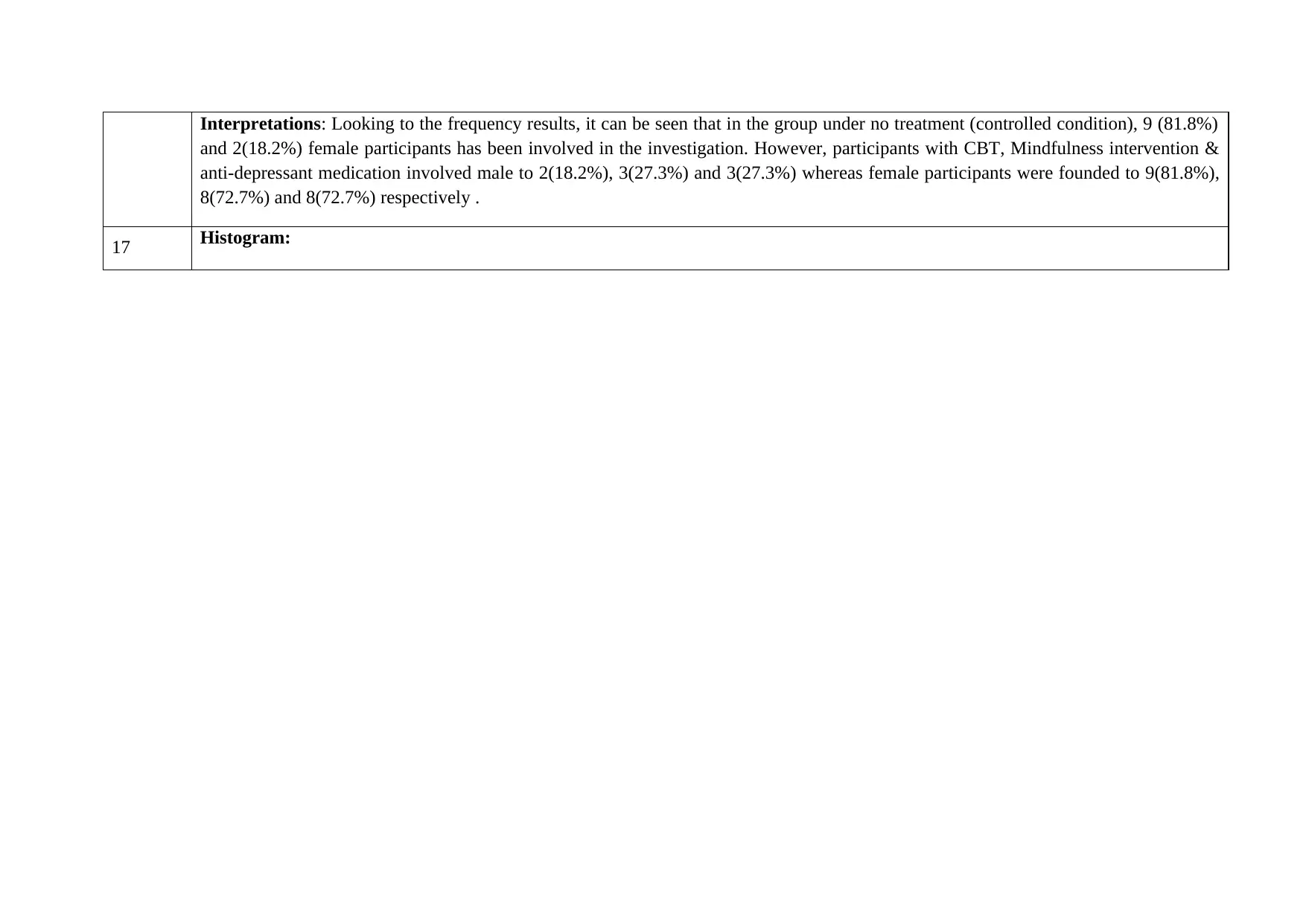
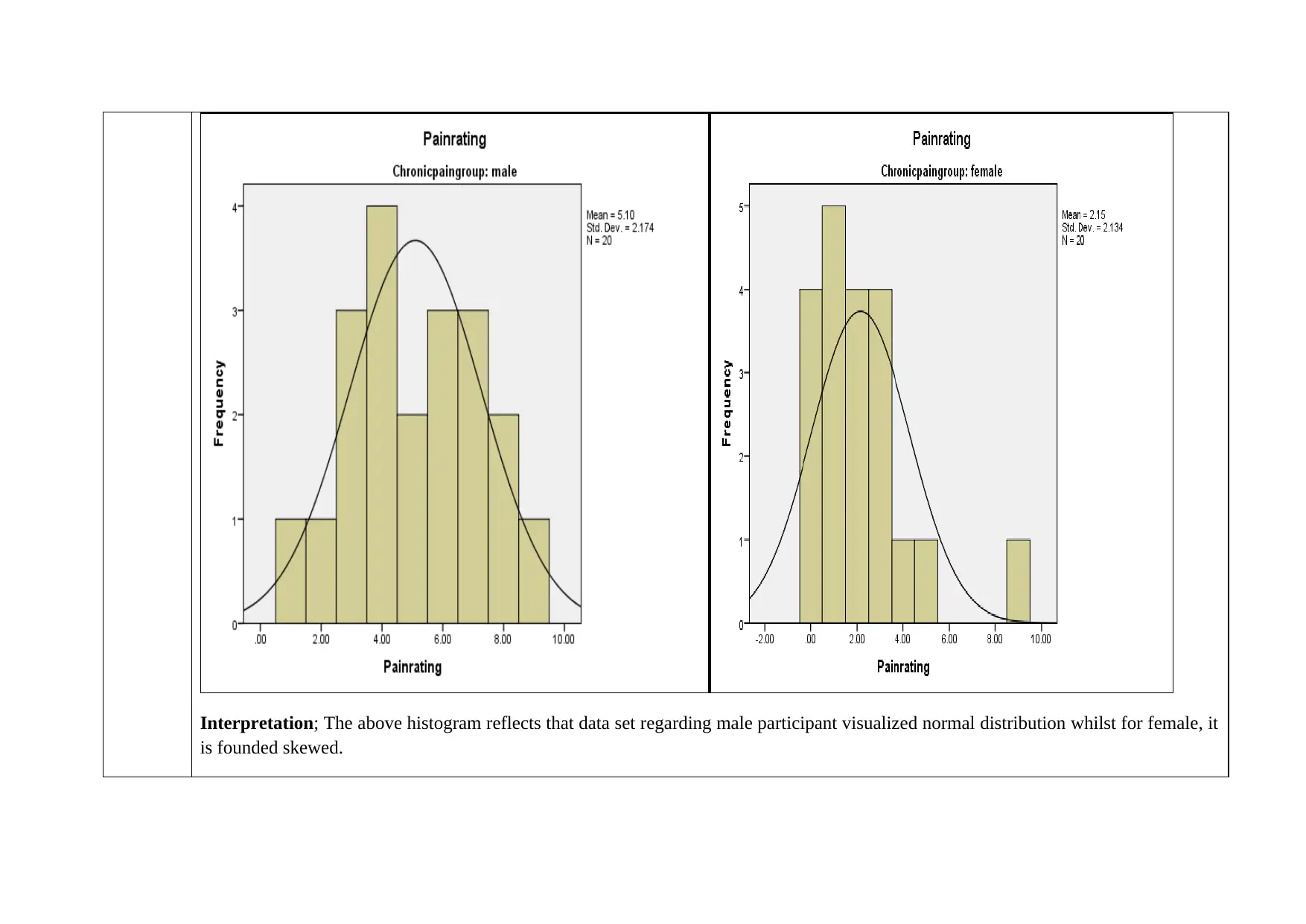
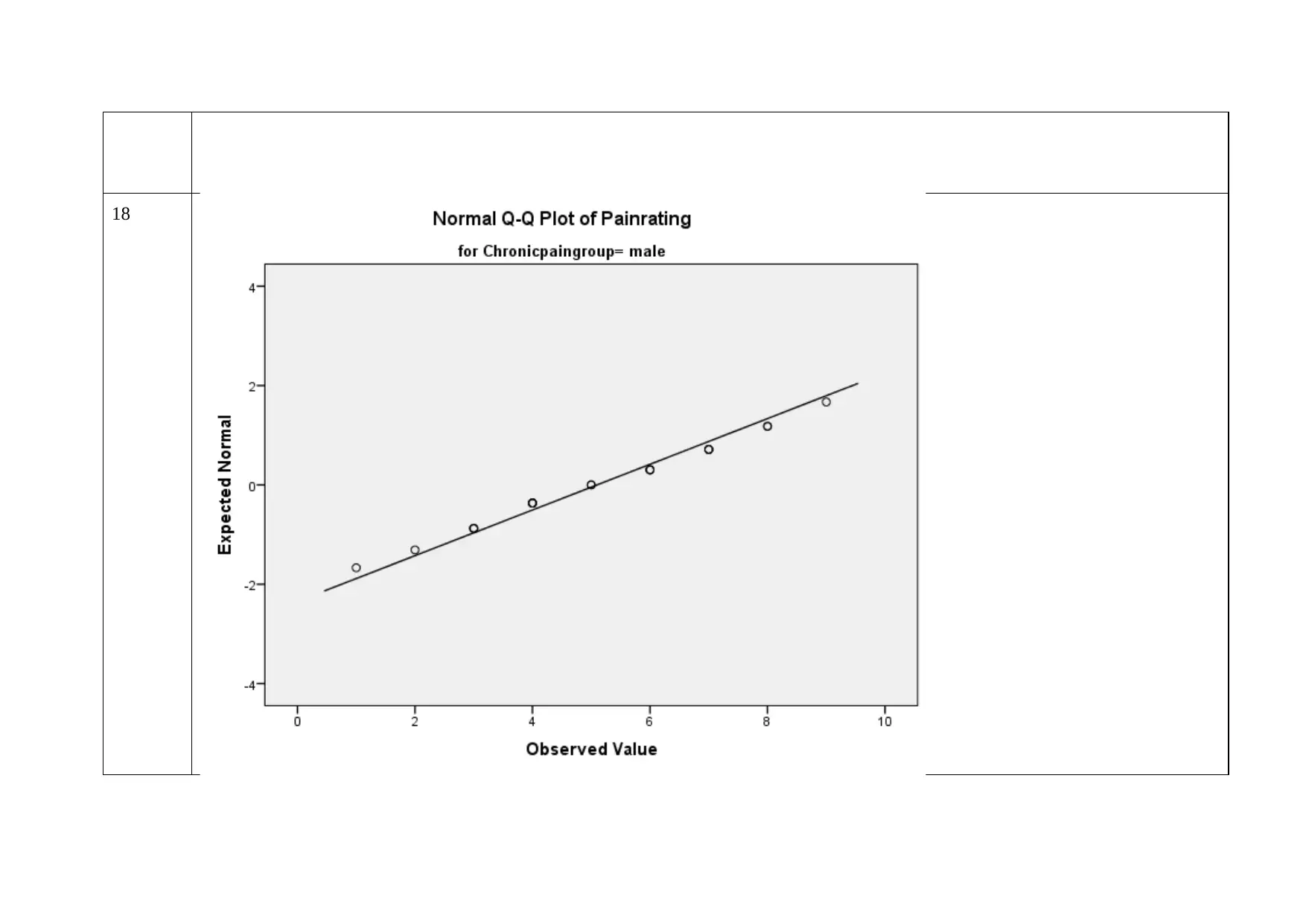
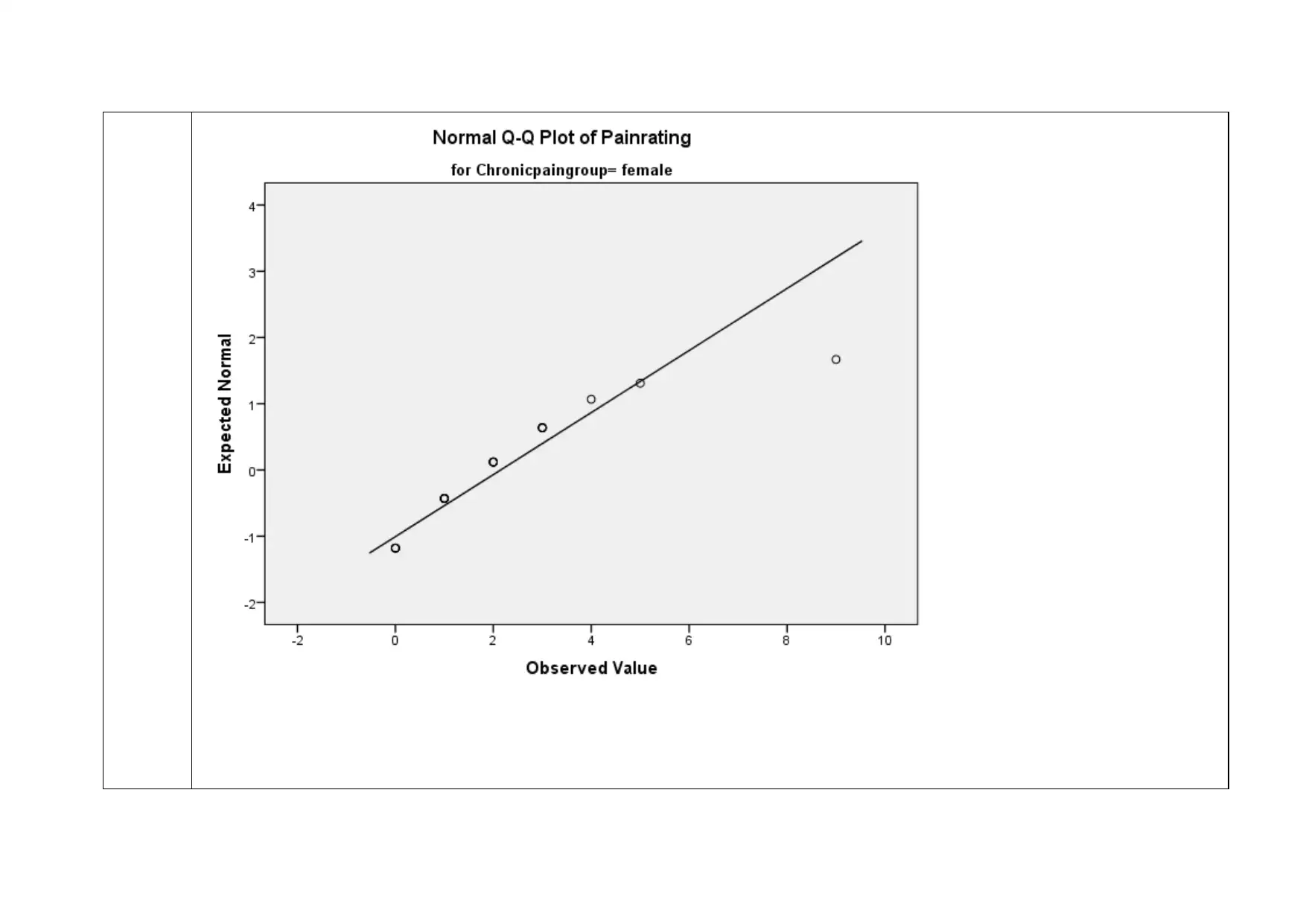
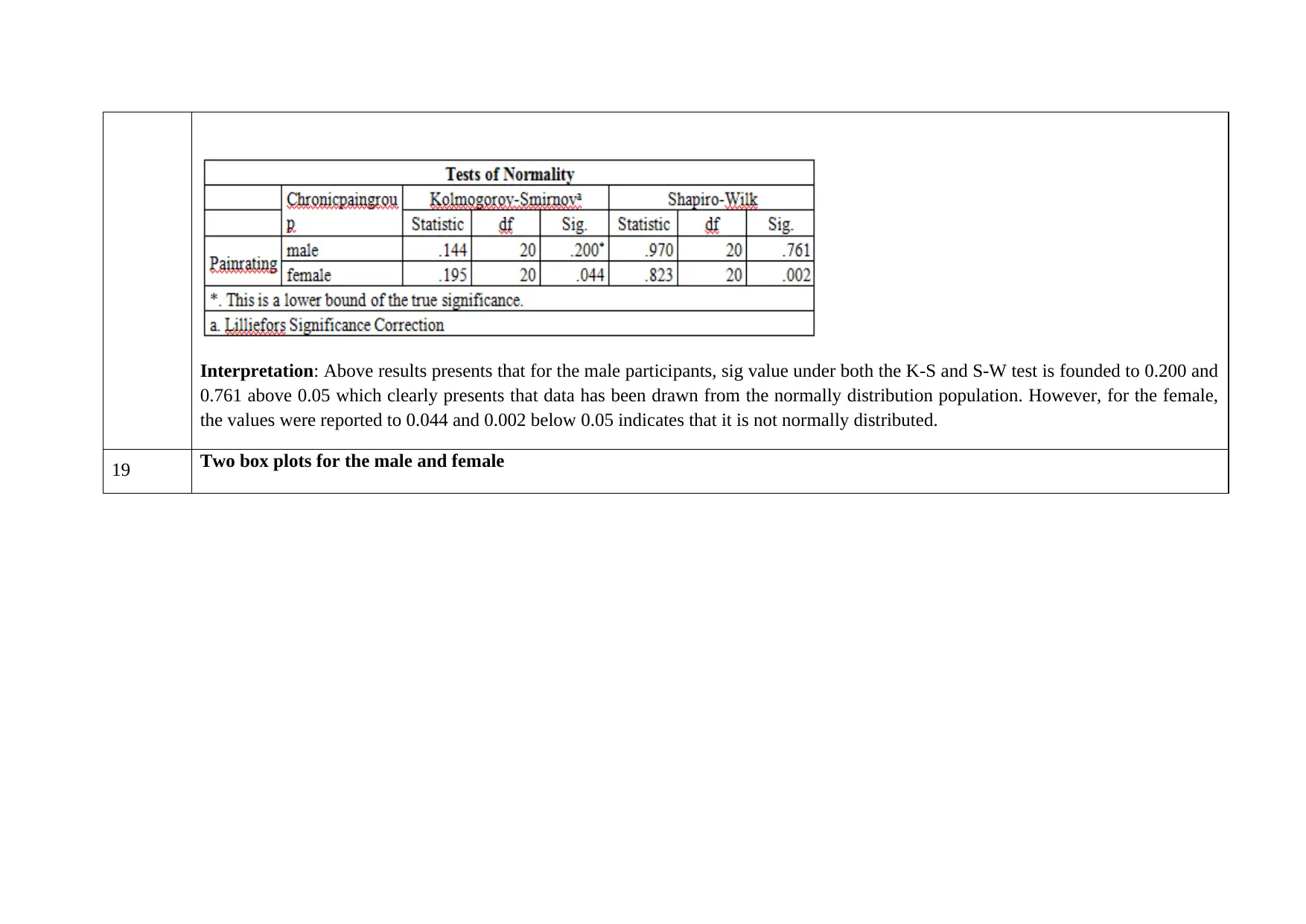
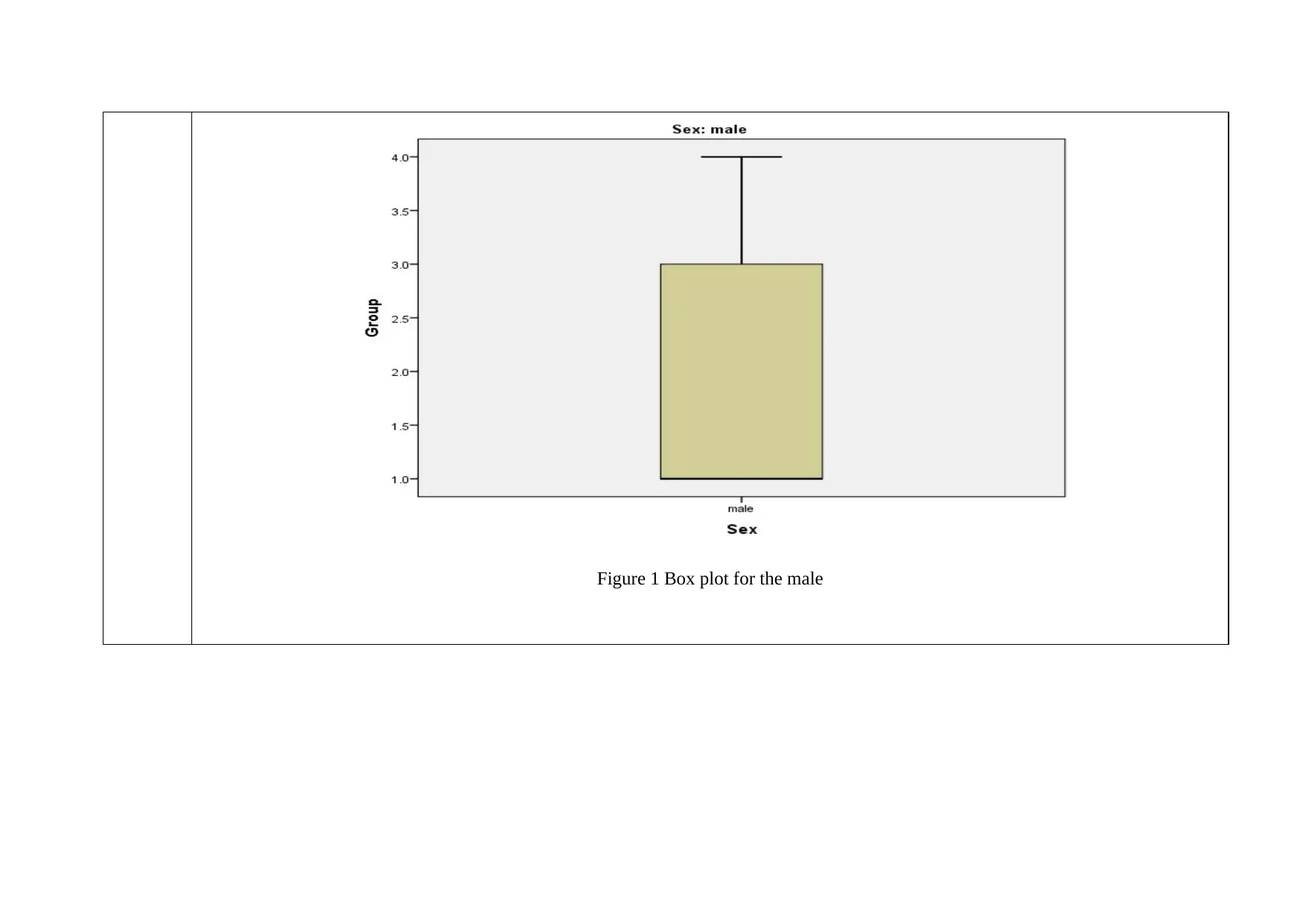


![[object Object]](/_next/static/media/star-bottom.7253800d.svg)